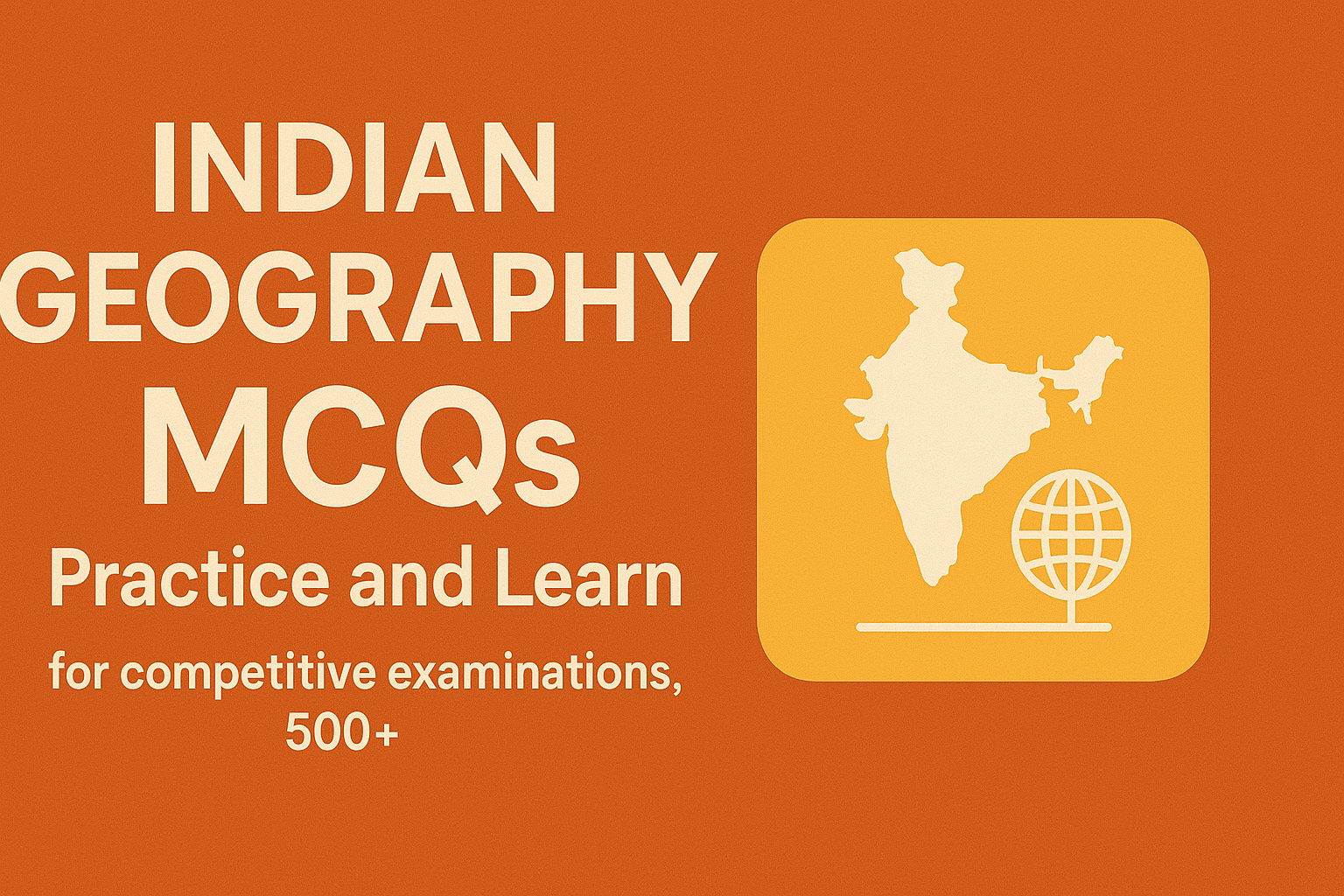
MCQ on Indian Geography
In migration studies, what is a 'Pull Factor'?
What was India's Child Sex Ratio (females per thousand males in the 0-6 age group) according to the 2011 Census?
As per the 2011 census, how is a 'Main Worker' defined in terms of economic status?
Which linguistic family do the majority of languages spoken in India belong to, accounting for about 73% of the population?
According to the 2011 religious composition data, what percentage of India's population is Muslim?
What percentage of India's total population was classified as urban in the 2011 Census?
In the 2011 census, which is the only state that registered a negative population growth rate?
Which year is referred to as the "great divide year" in India's demographic history?
As per the 2011 Census, which state has the highest sex ratio (females per 1000 males)?
According to the 2011 Census, what is India's overall literacy rate?
